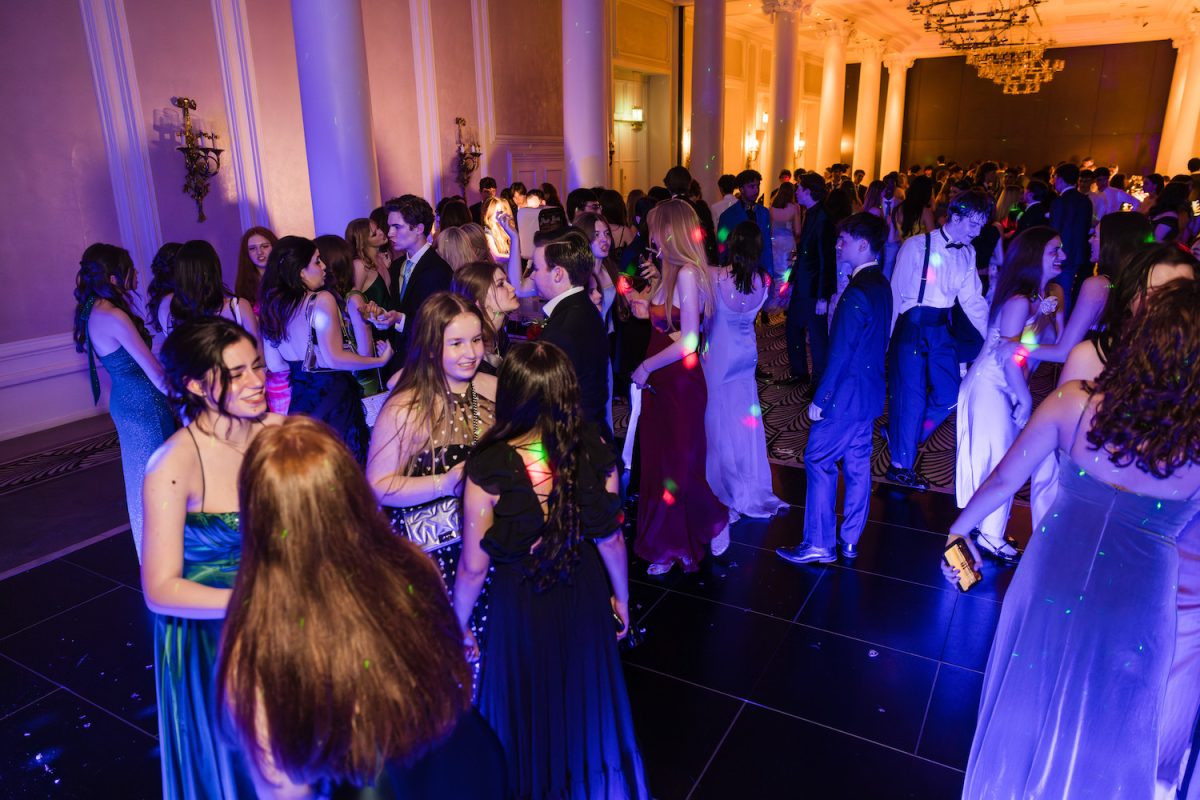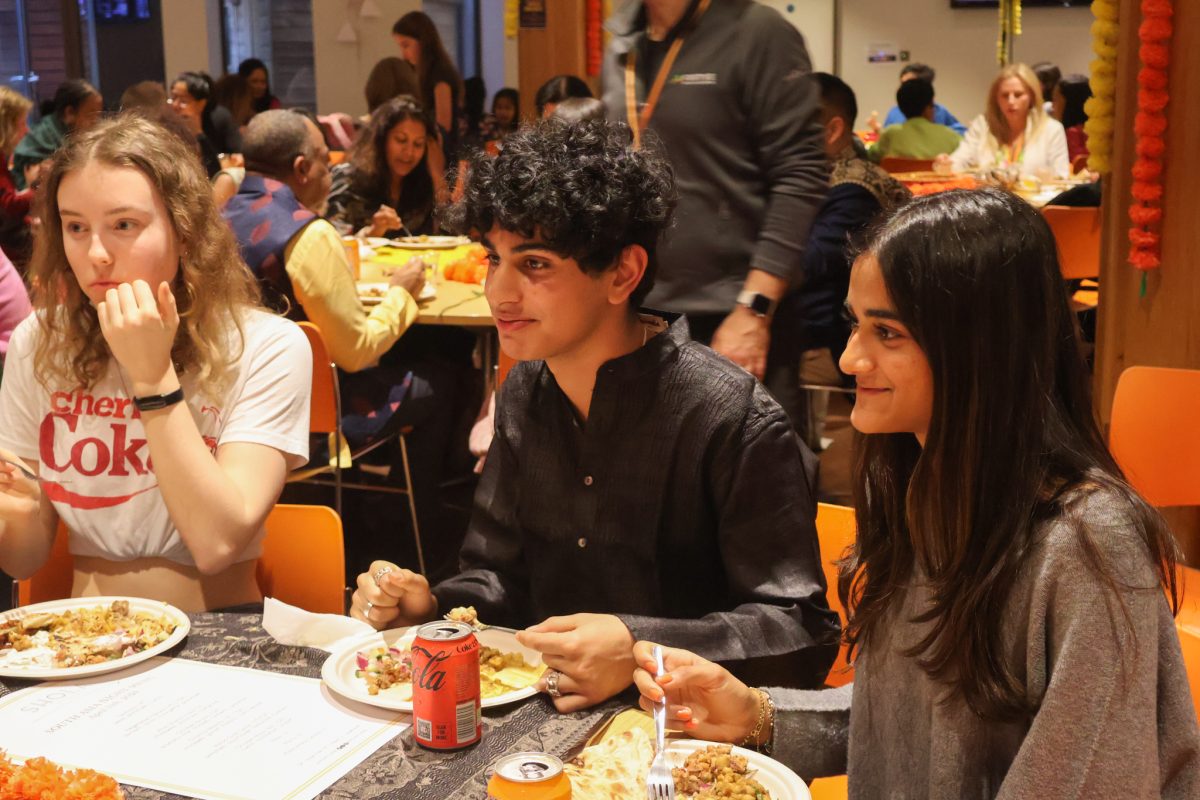THOMAS RISINGER
NEWS EDITOR
During the first week of school, the entire student body gathered together in the main gym to listen to Head of School Coreen Hester’s address. As the students listened, Hester listed off various facts that indicated that the school is diverse. Students at the school speak over 30 languages, and demographically we all come from a range of 50 countries stretching from Senegal to Venezuela.
The concept of the school’s diversity has been a running joke among High School students for many years. It was joked about in student council elections, most recently by Owen Rees (’13). “The school is obviously not a very diverse place, but it is important to make it into one,” Sky Swanson (’14) said. Students also enjoy mocking the inaccurate depiction of the school’s student body that is portrayed by the school’s website. Students from minority backgrounds, particularly the African American background, have been known to be heavily featured. Even the administration has noticed this trend. “Currently, there is a photo of two black girls [on the website] who attended our summer camp. They don’t go here,” Hester said.
The issue of a lack of diversity in the school environment does not only pertain to ASL, it is a much wider issue that stretches all across the United States. According to data published on 19 September of this year by the Department of Education, 43 percent of Latinos and 38 percent of blacks attend schools that are less than 10 percent white. Not only that, but blacks and latinos are twice as likely to be attending schools with a majority of poor children.
In a recent New York Times article on the issue, one of the authors of the aforementioned report and co-director of The Civil Rights Project (an organization run through University of California Los Angeles) Gary Orfield said, “Extreme segregation is becoming more common.”
The lack of diversity at ASL is not a new or clear-cut issue. The school is diverse in the sense of having many different countries represented in the student population, but the overwhelming majority of students are relatively wealthy, fully physically abled, and do not come from gay or lesbian parents (although there are no statistics kept by the school on anything but socio-economic diversity). In the past few years there have been signs that what diversity the school has is slipping away. For example, the English as an Additional Language program has been shrinking. “Fewer students come from second language homes than did two years ago,” Hester said.
Two years ago, this issue of diversity began to be addressed. In the 2010 Strategic Plan adopted by the Board of Trustees, the third objective is to increase the diversity of the school community, with respect to the student body, as well as the faculty, staff and administration. This plan has generated a new Diversity Statement that incorporates everything from socio-economic and racial diversity to physical disabilities into the school’s definition of diversity. The statement was sent to the entire school community on September 3 with a new Admission Policy although the policy, “only has slightly different wording [from the previous policy], there is no real difference,” Dean of Admissions Jodi Warren said. Also, “Not a whole lot of response has been generated by the statement, but that was expected.” Hester said. This may change, however, when the next stage of the school’s diversity plan comes into effect. This is the outreach program that is designed to reach the objectives set by the diversity goal of the 2010 Strategic Plan, it will be initiated later this year.
The outreach program can be in some ways described as an advertising or marketing campaign for the school. As in any such campaign there is a target audience, schoolchildren of London, and more specifically children who are not the current, typical ASL student. “The perception by others of our school is that we are mostly well-to-do Americans,” Hester said. The goal of the program is to attract new students in the London area who would either not have considered ASL or would not otherwise know of it and who would do well at the school. The exact methods of the program have already been designed.
Never before has the school had an outreach program. With high enrollment figures, outreach was not a priority. Now it is, as a result of the diversity work done by the Board of Trustees and senior administrators. “The [fact that we have never had an outreach program] is odd because it is something that most [US independent] schools do. We are just going to fling a large net out and see what comes back,” Hester said.
The final objective of the program is not to necessarily to change who the school lets inm but instead to change the pool of applicants. “The end goal of the program is to broaden the pool of applicants, and to create a community where all groups feel welcome,” Warren said.
For now though Hester doesn’t fully agree with the students. Regarding recent change in diversity at the school Hester said, “We are not as diverse of a community as we’d like to be.”
thomas_risinger@asl.org




